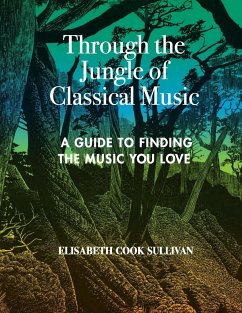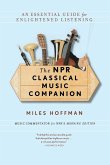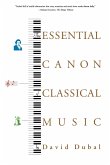The world of classical music is a complex landscape, much like a jungle. Both the music and the jungle stimulate the senses with an array of sounds, rhythms, and colors. Both evoke moments of drama, solitude, and surprise. Both can inspire moments of joy, sorrow, peacefulness, and awe. But it is not easy to find one's way around in any jungle. Through the Jungle of Classical Music presents three different yet complimentary approaches to navigating this jungle to find those works that call to you. It also contains a streamlined approach for reviewing and evaluating your selections to identify the music you love most, and provides a Listening List Workbook for keeping track of what you learn. The first approach focuses on compositions from a dozen carefully selected and vetted versions of the Basic Repertoire of Classical Music. These works cover all time periods in music from the early Middle Ages through current times and all genres and subgenres of classical music. Sullivan has drawn from her experience as a mathematician and her life-long addiction to classical music to systematically combine recommendations of over 4000 works found in the Listening List Workbook. The works recommended by at least half of the sources were selected for a Jungle Guide of about 460 works. While the experts provide valuable information, a multitude of wonderful works are not included in their repertoires. Next Sullivan takes into consideration our personal preferences such as styles, eras, movements, schools of thought of composers; their activity by genre or music type; their strengths with particular instruments. Using this information along with some light research will lead to other candidate works for review and evaluation. A Preferences Workbook is provided to record what we learn. Finally, who the composers were can give us a much deeper view into their motivations, such as family backgrounds, formative experiences, career directions, their personal trials, tribulations, joys, and sorrows. This approach often helps to identify works one might otherwise skip. Whether you are new to classical music or a seasoned listener, these approaches will lead you to a vast array of musical works for exploration, helping you identify favorites and making them your own. And these techniques can be easily adapted as new works and new composers come on the scene. If you are ready to find your musical treasures, this book can be your guide.








